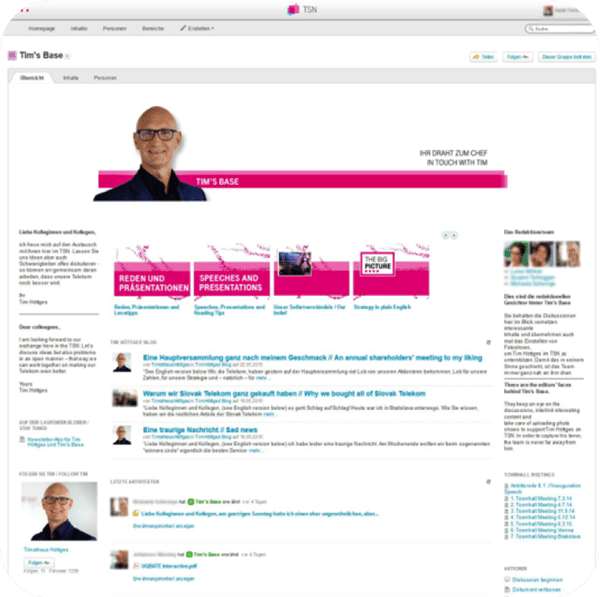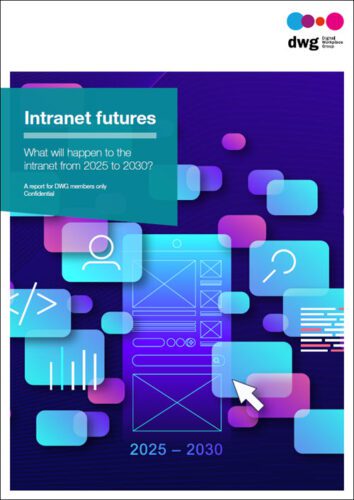Can we talk? What leadership means today
By Paul Miller – originally posted on CMS Wire
 How does a CEO — or anyone from the C-Suite — get attention in the new evolving digital worlds of work?
How does a CEO — or anyone from the C-Suite — get attention in the new evolving digital worlds of work?
One option is to issue commands and instructions and hope someone listens, reads or takes notice. It has worked for decades, so why not now?
In his book “Influence“, Robert Cialdini talks about why we do the things we do and how to influence people’s behavior. What stayed with me from this fascinating book is that leaders morph and change their approaches to suit the habits and practices of their times.
So, as a senior leader today, when the people you lead are working (mostly) in virtual, non-physical spaces, how do you make your presence felt and how do you try to ensure that employees, contractors and external parties pay attention to you?
Influencing the Company Ethos at Unilever

Take Paul Polman, CEO of Unilever — for me, the iconic CEO of our time. He doesn’t grab big media headlines but he has been in his role for many years, running a hugely successful large corporation. He decided early on that sustainability must be central to the company and should become part of the DNA of Unilever.
He didn’t achieve this through mandate or instructions but instead through a practical, yet inspiring, vision of what environmental practice means.
Polman engaged in a series of dialogues and conversations across the company and this aspect of what Unilever represents is now an essential part of its corporate fabric.
Communicating Within Deutsche Telekom
In another illustration of this shift from dictate to conversation, Deutsche Telekom, a global telecommunications company with 90,000 employees, introduced a highly active social platform called TSN (Telekom Social Network) to help connect the organization and its workforce with the CEO, Tim Höttges.
Prior to TSN, it was hard for employees to interact with senior management, particularly because of the hierarchical nature of the company. To combat this, the company established a special community open to all employees.
This community is known as “Tim’s Base” and allows any employee to ask a question or initiate a discussion on any topic they like — difficult topics are not off-limits. Responses come directly from the CEO. The community has a high level of interaction, with more than 7,000 employees joining.
For even deeper interaction, there’s a request form to book a physical meeting with the CEO!

Deutsche Telekom communication platform
Leaders today simply do not have the power or the endurance to command people to act — and, if they do, this is short-lived.
What is needed and what works well is to insert yourself into conversations and to influence those you lead. As we can see from the examples at Deutsche Telekom and Unilever, this way of leading requires less brute force and is actually far more rewarding for all involved.
Title image “conversation” (CC BY 2.0) by felipe.cabrera
Categorised in: Business leadership
